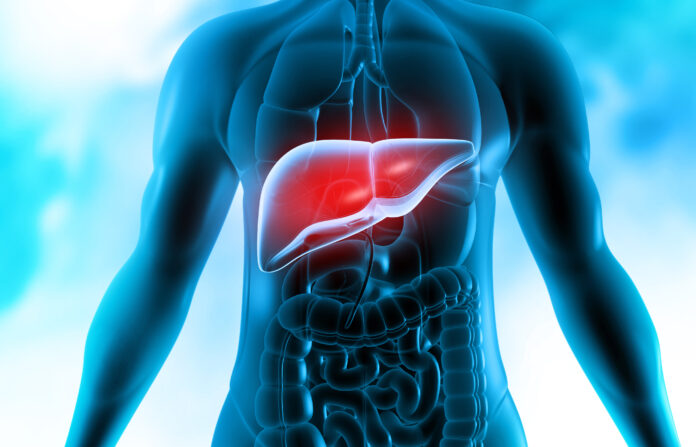
Insights into fibrotic liver disease and a candidate drug to interfere with this process were uncovered in recent work by a team from the University of California San Diego. Their research describes a pathway that leads to fatty liver, they also designed a drug candidate to affect this pathway. This work applies to metabolic dysfunction-associated steatohepatitis (MASH), which was formerly called NASH. Advanced MASH can lead to cirrhosis, liver cancer, and liver-related death. It’s estimated that a quarter of the U.S. population alone has MASH.
These results were published in Cell Metabolism, and the lead author is Roi Isaac, of the division of endocrinology & metabolism, department of medicine, University of California San Diego.
MASH is caused by an excess accumulation of fat that leads to chronic inflammation. Liver hepatic stellate cells (HSC) trigger this effect by producing collagen.
This team investigated how these cells are activated. They found a three-component signaling pathway in the nucleus. In healthy livers, the first molecule in the pathway inhibits a second molecule, which in turn inhibits the molecule that stimulates collagen-producing genes. MASH scales down the first molecule, so that inhibition is lifted on the second and third molecules, leading to stimulation of collagen production.
After discovering the signaling pathway, the scientists designed a short piece of RNA to further determine how the pathway works. This antisense oligonucleotide (ASO), was so effective that it not only proved the viability of the pathway but also prevented liver fibrosis without causing any side effects. The scientists are currently discussing licensing the ASO as a therapeutic with various pharmaceutical and biotech companies.
“All the molecules in the pathway were known, but no one knew if or how they interacted. We put the pathway together, showing each step in this intracellular signaling module. That was the science of the research. The clinical message is this ASO, which can actually block liver fibrosis,” said Jerrold Olefsky, a professor of medicine and assistant vice chancellor for integrative research at UC San Diego Health Sciences, and senior author on the paper.
The scientists carried out their investigations in organoids made from three types of liver cells, some of which where fed a MASH cocktail of fatty acids, fructose and sugars. They found that in normal livers, the first component of the pathway, a nuclear seven-transmembrane protein called TM7SF3, inhibits a splicing factor called hnRNPU. hnRNPU does not splice out an inhibitory exon in the messenger RNA (mRNA) of TEAD1, a transcription factor that controls the genes that produce collagen. The inhibitory exon, exon 5, keeps TEAD1 from turning on the collagen-producing genes.
In the MASH-fed organoids, TM7SF3 was reduced and did not inhibit the splicing factor. The active splicing factor splices out the inhibitory exon in the transcription factor, which turns on the genes that produce collagen.
Furthering their investigations, the team designed an ASO to keep hnRNPU from splicing out exon 5. “It had the sequence that would put it just upstream of exon 5 where hnRPU binds. The ASO prevented the splicing factor from binding to the TEAD mRNA, so it couldn’t ultimately splice it out. We got pretty much only inactive TEAD when we treated MASH mice with the ASO,” said Olefsky. With TEAD inactivated, collagen wasn’t produced; Neither was fibrosis.
“These findings show the key role of alternative splicing in shaping progression of fibrotic liver disease,” said Isaac.













